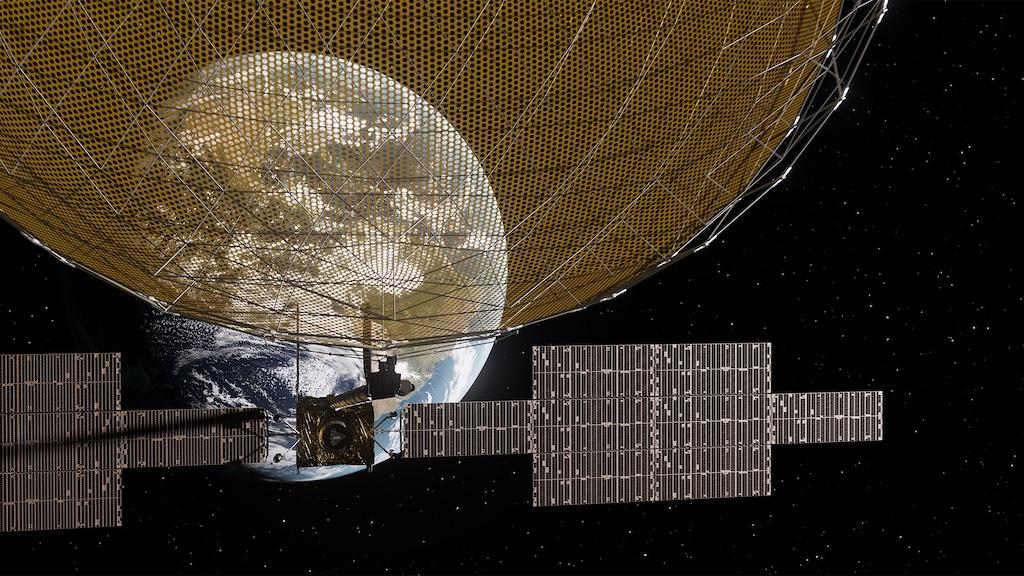
Artist's rendering of a ViaSat-3 Ka-band satellite.
Credit: Viasat
Viasat's recently launched ViaSat-3 Americas broadband communications satellite has experienced a malfunction that could affect its performance. “An unexpected event occurred during reflector deployment that may materially impact the performance of the ViaSat-3 Americas satellite,” the company said...
Subscription Required
This content requires a subscription to one of the Aviation Week Intelligence Network (AWIN) bundles.
Schedule a demo today to find out how you can access this content and similar content related to your area of the global aviation industry.
Already an AWIN subscriber? Login
Did you know? Aviation Week has won top honors multiple times in the Jesse H. Neal National Business Journalism Awards, the business-to-business media equivalent of the Pulitzer Prizes.





